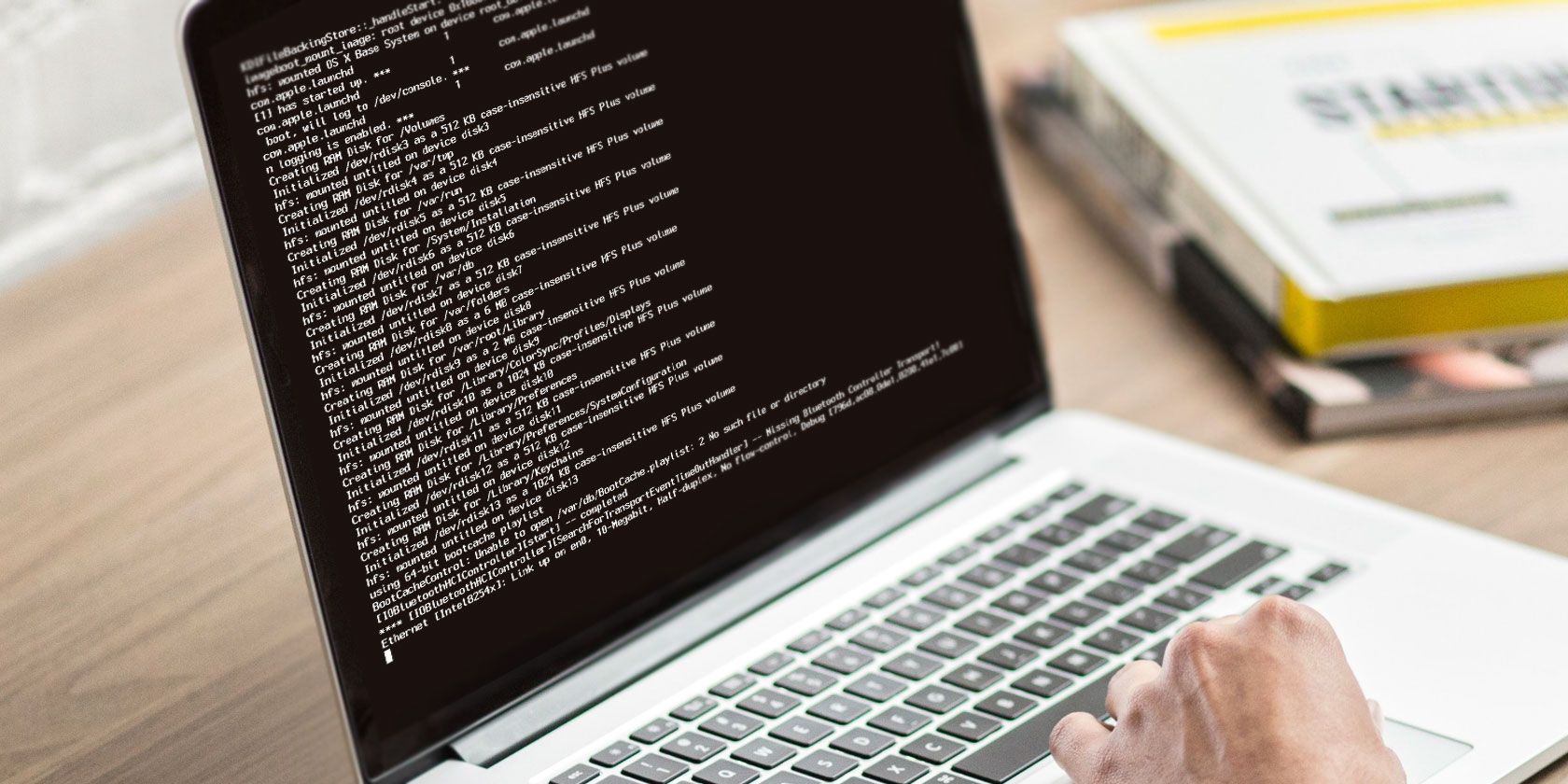
A summary of their meanings is given below. Make a note of that, as it will help Apple Support, the Genius Bar, or an authorised engineer to advise you on repair. Once testing has been completed, the app will display a message containing the result, with a code. You may then be invited to choose a language, and tests will either run automatically, or you may be offered a choice of standard or extended testing.
MAC DIAGNOSTIC BOOT DISK SOFTWARE
Initially, the diagnostics software checks your hardware configuration, to determine what tests it should run. If you need to disconnect peripherals, that is in any case wiser. You should also be able to enter diagnostics from a restart, but Apple recommends shutting down rather than restarting.

disconnecting all peripherals except the keyboard, mouse, any external display, and Ethernet network cable.Whichever you are going to run, prepare your Mac first by: Apple’s instructions are here for Macs released before June 2013, which run Apple Hardware Test, and here for newer Macs, which run Apple Diagnostics. Insert the labelled disk into their optical drive, restart from that, and follow the instructions.Īll more recent models can be started up in diagnostic mode, by holding down the D key.
MAC DIAGNOSTIC BOOT DISK INSTALL
Older Macs may still need their original install (optical) disk(s), which contain their diagnostic software.

If you think your Mac has a hardware problem, or want to rule that out, they provide the best way of checking. All recent models of Mac contain built-in hardware diagnostics, known as either Apple Hardware Test or Apple Diagnostics, according to the model.


 0 kommentar(er)
0 kommentar(er)
